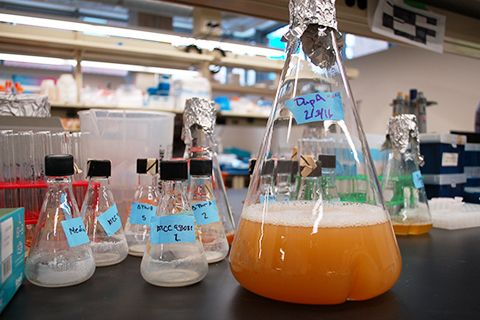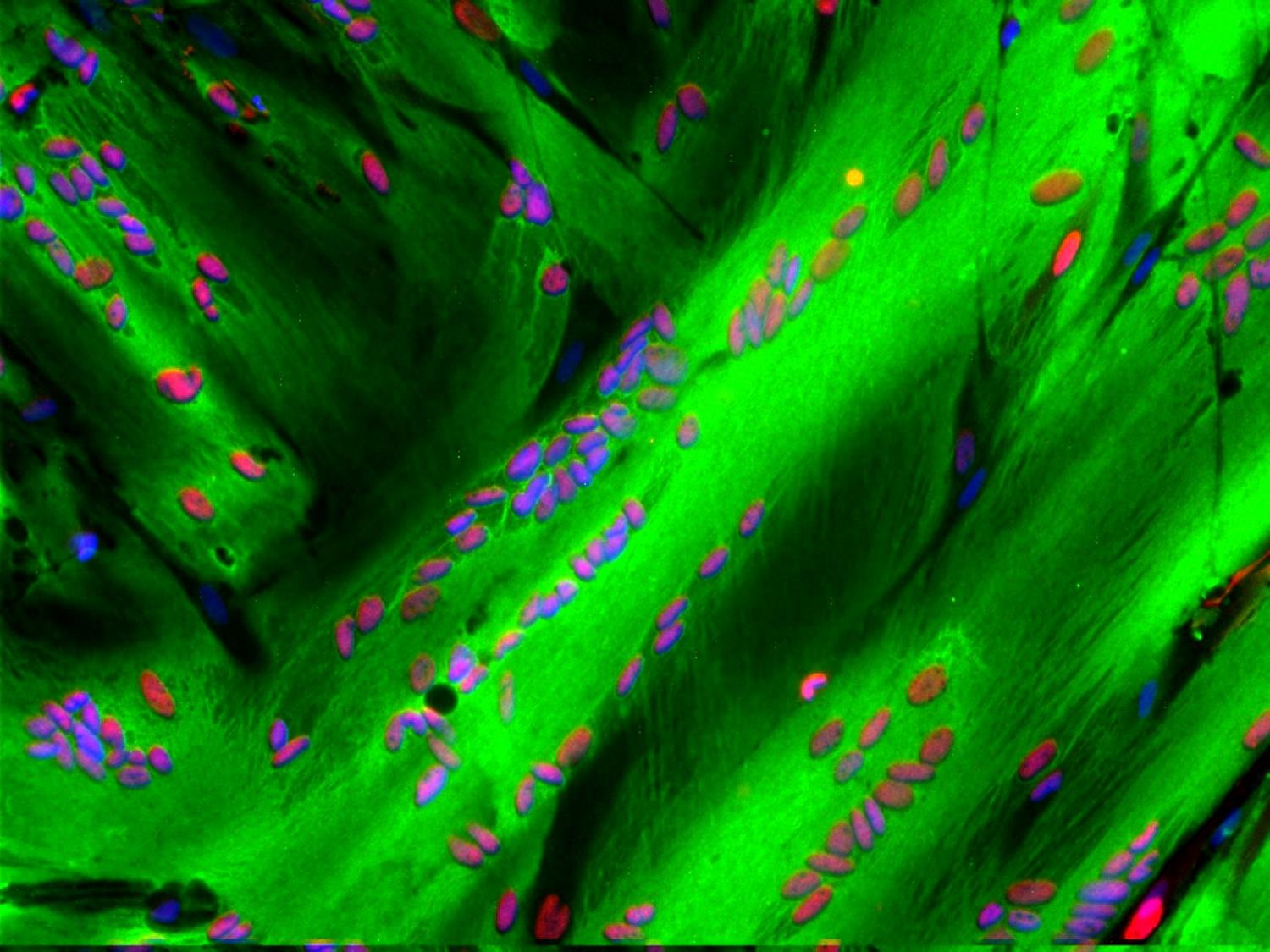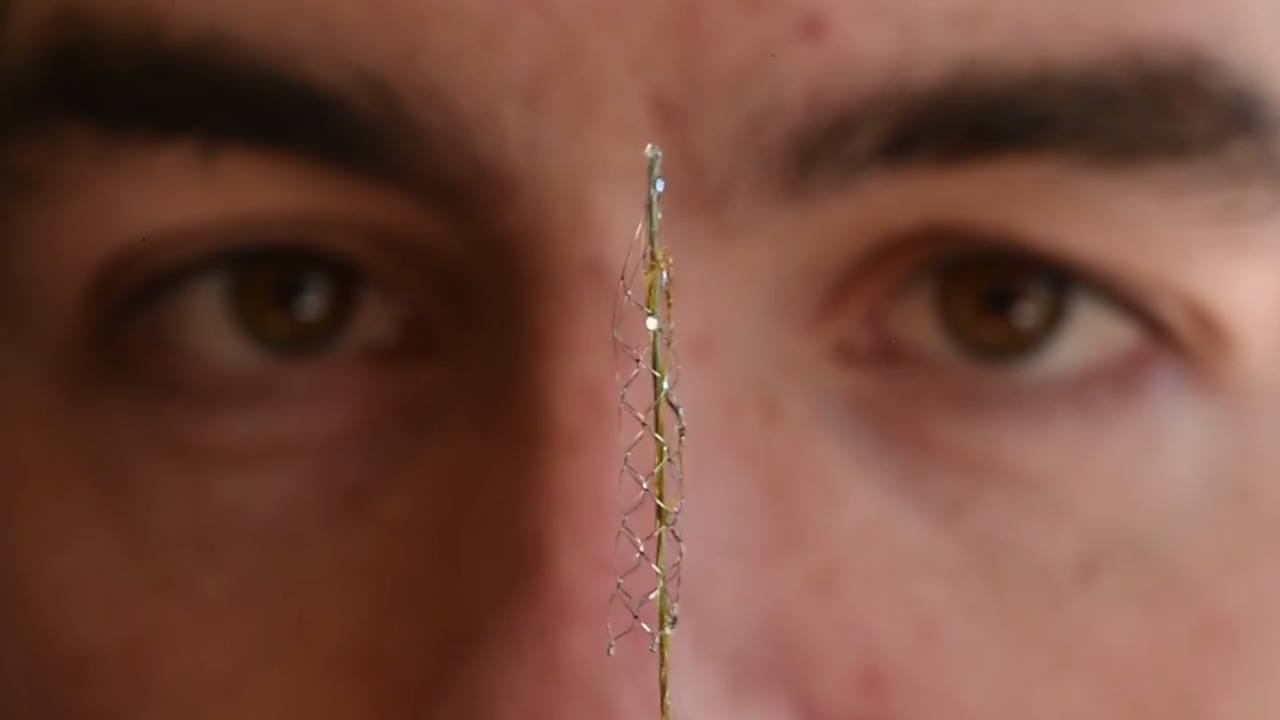The James Webb Space Telescope will finally crack the mystery of Tabby’s Star. We think.
Tesla’s next car will be a lot cheaper than previously expected.
In fact, it could cost as little as $25,000.
CEO Elon Musk confirmed last year that its first mass market car, the Model 3, would price at about $35,000.
Researchers at the University of Minnesota have engineered a new synthetic biopathway that can more efficiently and cost-effectively turn agricultural waste, like corn stover and orange peels, into a variety of useful products ranging from spandex to chicken feed.
The Xeelee had to build their damned ring SOMEWHERE…
The “Xeelee Sequence” novels. by Stephen Baxter, are some of the best hard science fiction ever written. If you haven’t read them, do so. Immediately. In the meantime (even if you’ve already read the entire Xeelee series) check out this atmospheric musical composition by Oliver Lugg, inspired by the above mentioned science fiction series. It’s quite beautiful: https://www.youtube.com/watch?v=TiYxHpGmPwQ
Astronomers just uncovered hundreds of hidden galaxies a mere 250 million light years away from Earth—well within our own galactic neighborhood. But how did they stay unknown for so long? The fault isn’t with them, it’s with our own Milky Way.
The International Centre for Radio Astronomy Research just completed a survey, published today in the Astronomical Journal, detailing the hundreds of newly discovered galaxies—as well as giving a much better idea of where some older suspected galaxies were hiding. Altogether, they mapped 883 galaxies lurking behind the Milky Way; you can see an artist’s representation above.
Scientists had some idea that there was something out there — but they didn’t know what. Some of the brightest clusters of galaxies were already visible, an even better clue, though, was a strange gravitational force pulling the Milky Way towards it.
Researchers at Sanford Burnham Prebys Medical Research Institute (SBP) have conclusively identified the protein complex that controls the genes needed to repair skeletal muscle. The discovery clears up deep-rooted conflicting data and will now help streamline efforts towards boosting stem cell-mediated muscle regeneration. Such strategies could treat muscle degenerative diseases such as muscular dystrophies, and those associated with aging and cancer.
The research, published today in eLife, describes the essential role of a TBP-containing TFIID-protein complex in activating genes that regenerate muscle tissue, and shows that an alternative protein called TBP2 is not involved in this task in adult muscles.
“Our discovery clarifies the identity of the ‘molecular switches’ that control the activation of muscle genes in muscle stem cells (MuSCs),” said Barbora Malecova, Ph.D., postdoctoral fellow in the laboratory of Pier Lorenzo Puri, M.D., professor in the Development, Aging and Regeneration Program at SBP, and first author of the article. “Understanding what drives muscle gene expression gives us insights into molecular targets for regenerative medicine-based interventions (drugs) to treat muscle degenerative disorders.”
Dubai is definitely on my bucket list to see in my lifetime.
Dubai’s museum of Future zooms you into world of artificial intelligence.
“The future belongs to those who can imagine it, design it, and execute it. It isn’t something you await, but rather create.”
This inspiring quote by His Highness Shaikh Mohammed bin Rashid Al Maktoum, Vice-President and Prime Minister of the UAE and Ruler of Dubai, perfectly defines just what Dubai’s Museum of the Future is all about.
Bionic Spine
Posted in biotech/medical, cyborgs, transhumanism
In celebration to the Chinese New Year — here are the dancing bot dance team.
Here’s an idea for next year’s Super Bowl halftime show.
Interesting. Hope they cure this!
Suresh Mahalingam and Michael Rolph discuss how the development of a Zika vaccine compares with the other mosquito-borne viruses.
The US military is looking for ways to insert microscopic devices into human brains to help folks communicate with machines, like prosthetic limbs, with their minds. And now, DARPA’s saying scientists have found a way to do just that—without ripping open patients’ skulls.
In the DARPA-funded study, researchers at the University of Melbourne have developed a device that could help people use their brains to control machines. These machines might include technology that helps patients control physical disabilities or neurological disorders. The results were published in the journal Nature Biotechnology.
In the study, the team inserted a paperclip-sized object into the motor cortexes of sheep. (That’s the part of the brain that oversees voluntary movement.) The device is a twist on traditional stents, those teeny tiny tubes that surgeons stick in vessels to improve blood flow.








